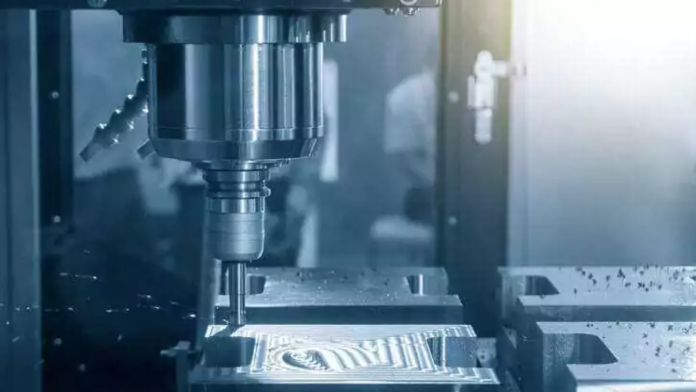Forging dies are essential in metal forging, where raw materials are transformed into precision-engineered components. These dies are the unsung heroes, establishing the curves, forms, and dimensions of the forged parts that power industries and drive innovation.
Die forging is a sophisticated metalworking process that forms hot metal into complex patterns depending on the precise interplay of specialized dies and massive compressive forces. This innovative method is vital in industries ranging from automotive and aerospace to energy and manufacturing, where unrivaled strength, endurance, and precision are required.
Forging die classification is complicated, considering design complexity, material composition, and the specific forging method employed. The die forging is as varied as the components it produces, ranging from the simplicity of open-die forging to the complexities of closed-die forging and from carbon steel to tungsten carbide.
Classification of Forging Dies
Forging dies are critical tools in the metalworking industry to shape and manufacture metal components using pressure and heat. These dies are available in several styles, each customized to specific forging procedures and materials. In this article, we will delve into the classification of forging dies, investigating different variations, their qualities, and their applications in the broad field of metal forging.
Based On Operation
Open-Die Forging Dies
Open-die forging, or smith forging or hand forging, involves deforming a workpiece between flat or contoured dies. The dies in open-die forging do not surround the workpiece, allowing greater flexibility in shaping massive and complex components. These dies are often simpler in design and are frequently utilized for custom or one-off products. Open-die forging is prevalent in industries that require significant, heavy components, such as aerospace and oil and gas.
Closed-Dies Forging Dies
Closed-die forging is forming a workpiece with dies that completely encircle it. The impressions or voids in the dies define the final shape of the forged item. Closed-die forging is ideal for high-volume manufacture of complicated components because it allows perfect control over the dimensions. This technique is commonly utilized in the automotive, aerospace, and industrial industries.
Based On Temperature
Hot Forging Dies
Hot forging is the process of shaping a material at high temperatures, often above its recrystallization temperature. Hot forging dies must survive these high temperatures and frequent thermal cycling without losing hardness. Hot work tool steels are often used for hot forging dies. This process is appropriate for materials like steel, aluminum, and titanium.
Cold Forging Dies
Cold forging is done at or near room temperature; necessitating dies that can endure the mechanical forces involved without overheating. Cold forging dies are frequently constructed of solid materials such as carbide or high-speed tool steel. This procedure is often used for copper, brass, and aluminum alloys, improving dimensional accuracy and surface polish.
Based On Construction
One Piece Forging Dies
The die chamber of one-piece forging dies is machined or produced in a single block of material. This design streamlines production while maintaining structural integrity. For simple forms and low-volume production, one-piece forging dies are typically employed.
Composite Forging Dies
Composite forging dies are made up of various components that are combined to form the die cavity. This structure allows for more complicated shapes and quicker replacement of individual components if wear or damage occurs. Composite dies are frequently used for complicated designs and high-volume production.
Based On Complexity
Simple Dies
Simple shapes and little complexities distinguish simple dies. These dies are frequently used for simple components where precision and complexity are unimportant. Simple dies are inexpensive and ideal for low-volume manufacture.
Complex Dies
Complex dies have intricate chambers and shapes that enable the manufacture of detailed and accurately shaped components. These dies are commonly used in industries such as aerospace and automotive, which demand complicated parts with tight tolerances.
Conclusion
Forging includes a variety of techniques, such as open-die forging for significant components, closed-die forging for exact forms, and impression-die forging for enclosed material shaping. The selection of the proper type of die is critical for performing precise and efficient metal forging operations in various industries. Die forging uses various materials, including carbon steel, tool steel, and tungsten carbide, providing adaptability across industries and applications.

